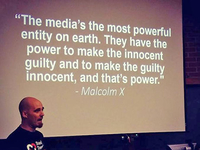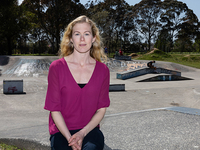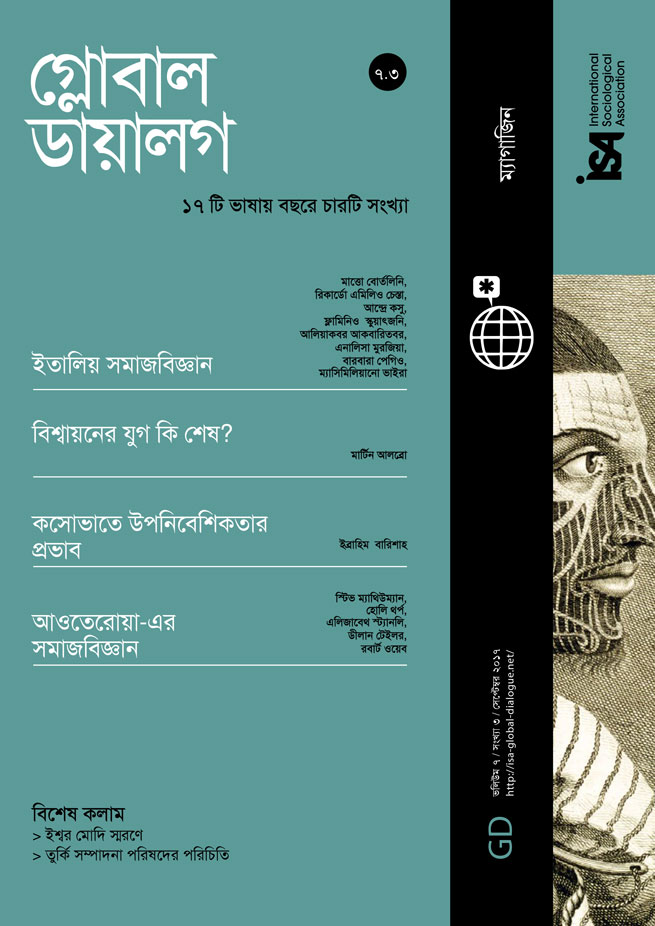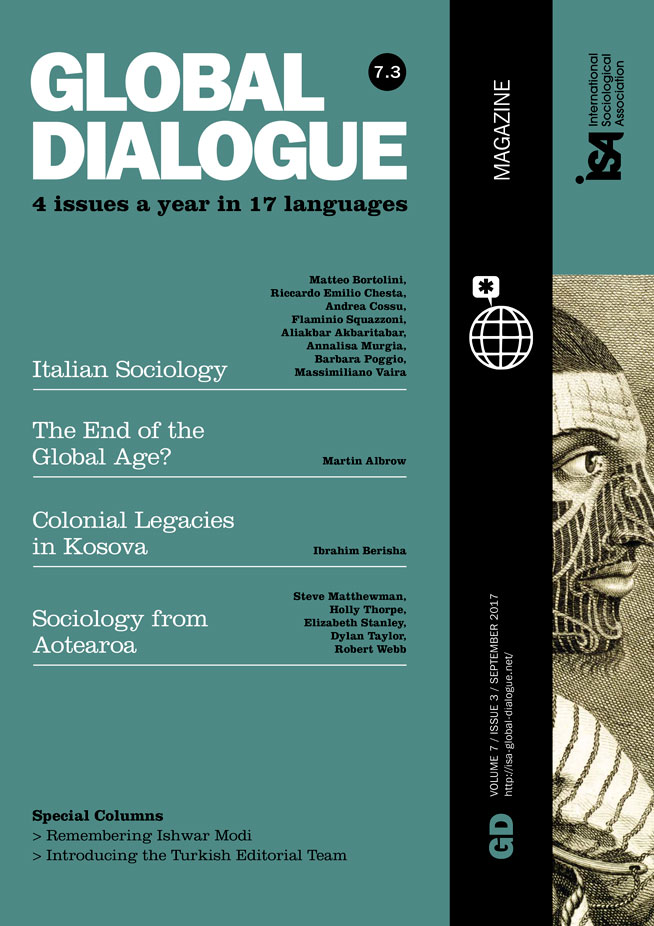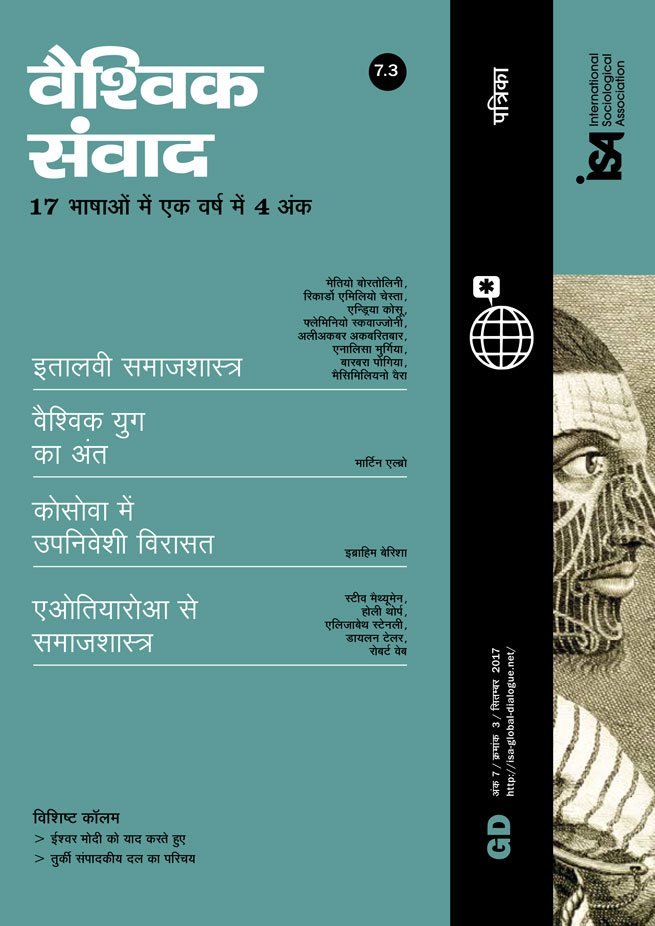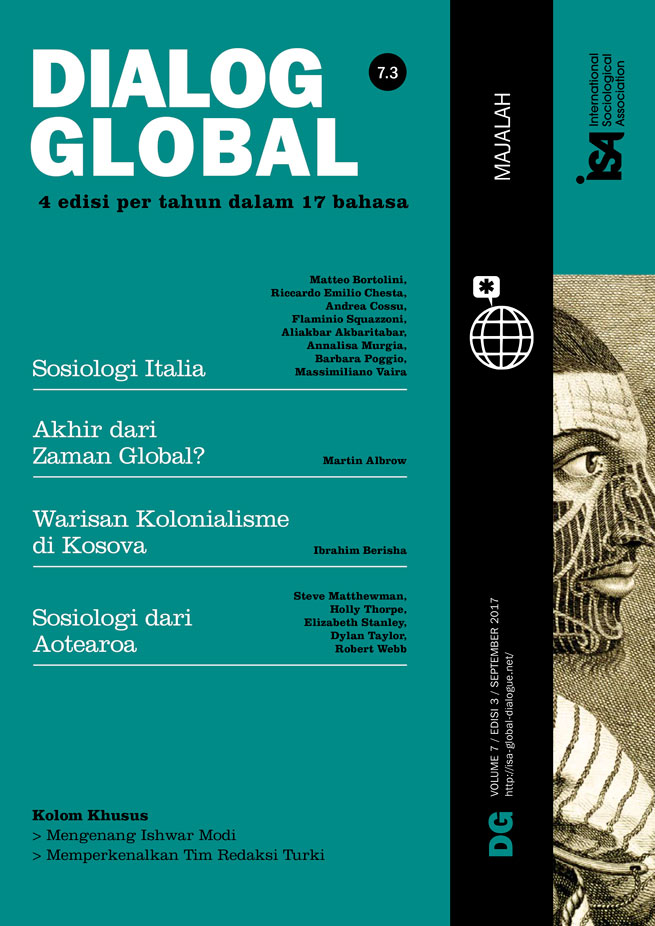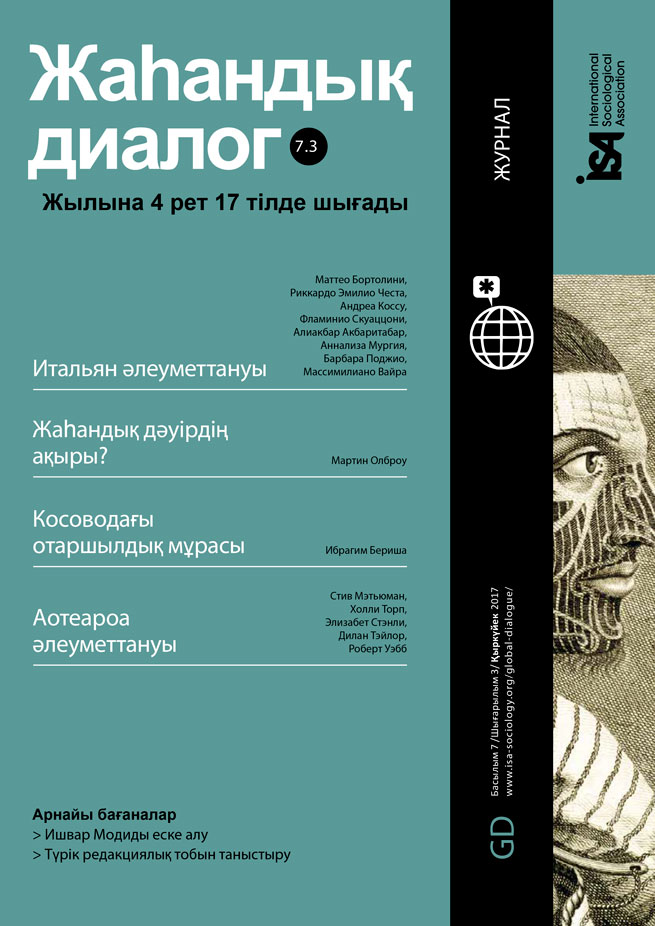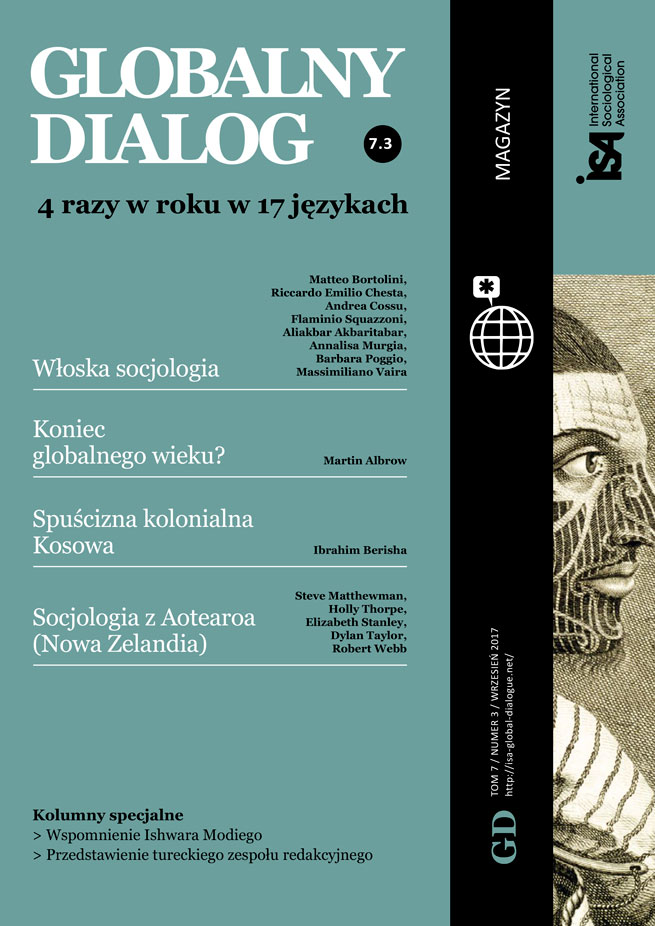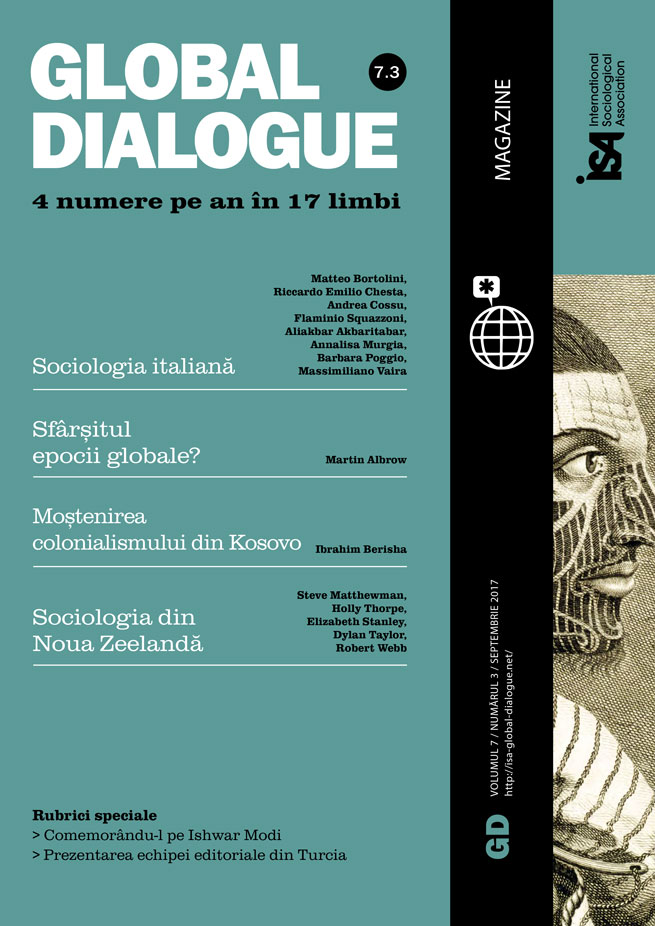On a rapidly urbanizing planet facing unprecedented wealth disparities, global warming, and the prospect of mass extinction, the question of how to live sustainably and equitably in cities assumes world-historical significance. The majority of the world’s populations are now urban dwellers – by 2050 two thirds of the world’s population will be living in cities – and in increasingly unequal societies. As UN Secretary-General Ban Ki-moon warns, “growing global inequality, increasing exposure to natural hazards, rapid urbanization and the overconsumption of energy and natural resources threaten to drive risk to dangerous and unpredictable levels with systemic global impacts.”
As disproportionate users of energy, cities are key to sustainable energy futures. They are currently responsible for three-quarters of global final energy demand and if urbanization continues as anticipated, by 2030 the world will need to invest some US$90 trillion in urban/land-use/energy infrastructure. For energy infrastructure alone, the International Energy Agency puts the figure for energy infrastructure at US$16 trillion over the next decade or so, adding that the electricity sector “will absorb the majority of this investment.” Getting energy provision and infrastructures right is therefore of paramount importance.
Aotearoa New Zealand is one of the world’s most urbanized nations, and since the 1980s it has also seen the globe’s greatest increase in economic inequality. We have recently embarked on a three-year research project, focusing on energy infrastructure in one of its cities: electrical power in post-disaster Ōtautahi (Christchurch).
Ordinarily, it is impossible to completely rebuild a city. But the 2010 and 2011 Canterbury earthquakes provided a unique chance to build afresh sustainably and equitably; to construct an inclusive and resilient electrical energy system capable of withstanding the shocks and stresses of future events like natural disasters, population growth, and anthropogenic climate change.
We view Christchurch as something of a worldwide laboratory: while researchers often focus on megacities, most of the planet’s population now live – and will continue to live – in small urban centers of half a million people or less.
And, like Christchurch, cities everywhere must grapple with the challenges of climate change and sea-level rise. “Christchurch is like every other modern city in building over its natural hazards... [but] is unique simply in having had so much of that change revealed all at once by its earthquakes. With much of the east sunk by up to a meter, it has become an international test bed for what to expect, how to cope, when you are a pancake-flat city almost level with a large ocean.”
Initial signs were promising. No city of comparable size has had such high levels of investment. Christchurch was the first New Zealand city to develop real-time energy-use figures, and one of the earliest globally to sign onto the “Cities Pilot the Future” Program, an exchange forum aimed at improving urban living. It also features in the Rockefeller Foundation’s 100 Resilient Cities.
Yet despite the “blank slate” that the earthquakes provided, the business-as-usual model prevails. Electricity is still centrally generated by big hydro, transmission and distribution are monopolized by a few private corporations, no solar infrastructure exists, distributed customer-generated power is minimal, and, even though Aotearoa New Zealand has enviable wind resources, they barely count.
This squandered opportunity is all the more dismal when viewed within the broader context of national electrical energy provision. Mid-twentieth century Aotearoa New Zealand derived all of its electricity from a single renewable source: hydroelectric power plants, supplemented by another renewable source, geothermal power. Today, however, fossil fuels make up a third of the national electrical energy mix – which, as Benjamin Sovacool and Charmaine Watts note, makes the New Zealand electricity sector “unique in the sense that it has been getting less renewable over time.”
In theory, the shift back to 100% renewable energy provision should not be a difficult pitch. The benefits of renewables are well-known and uncontroversial. They reduce negative externalities like air pollution per kilowatt hour, have more predictable and stable fuel prices and lower greenhouse gas emissions, consume less water when they operate, are more efficient, and provide better local employment opportunities and revenues. In sum, renewables are more sustainable, a better economic bet, and offer the prospect of greater resilience through enhanced community engagement and empowerment.
In practice, a transition back to 100% renewables should not be difficult either, and would be entirely feasible using today’s technologies. Aotearoa New Zealand enjoys a wealth of natural assets; according to the government, we rank number one in the world in terms of renewable resource per capita, with some of the world’s best wind resources, plentiful sunshine, and numerous lakes and rivers. If geothermal sources are included, Sovacool and Watts suggest the country’s electricity sector could be completely renewable by 2020.
But questions of energy are always entwined with political and economic interests, and new technologies or natural resource depletion may matter less than social, cultural and institutional factors, including state policy. Repeatedly, political elites and entrenched industry players prevail over energy experts, Indigenous groups and community activists – so much so that the greatest entry barrier facing renewables (particularly local small-scale distributed generation) is that the powers-that-be prefer large, concentrated plants.
Sociological research is therefore sorely needed to identify those who make key decisions, the bases on which they do so, and with what consequences. Paradoxically, however, the social sciences have mostly ignored energy and infrastructures – the matrix of modern existence – though this has begun to change in recent years, as energy systems are increasingly recognized as social systems. As the social sciences show signs of a new “turn to infrastructure,” new scholarship is examining what infrastructures are (means of sustenance and modes of governance) and what they do (mediate between nature and culture, distribute social and environmental benefits and harms, tie the local to the global, and provide the basis for modern life as we know it).
Rebuilding cities is a difficult task, one seldom faced. In Aotearoa New Zealand, it was last done in 1931, following the Napier earthquake. Much remains to be done in Christchurch today: The rebuilding is slow, painful, and deeply problematic. Residential surveys of Cantabrians consistently show huge levels of dissatisfaction with the government’s recovery priorities.
But there are also resources for hope. “The Māori disaster management response to the Christchurch earthquakes and subsequent urban recovery process constitutes an exemplar of best practice,” Christine Kenney and Suzanne Phibbs write. “During the emergency management phase, Māori risk management initiatives were collaborative, effective and shaped by kaupapa (cultural values), specifically the value, ‘aroha nui ki te tangata’ (extend love to all people).” Post-disaster, the people of Ōtautahi have shown world-class creativity in “temporary urbanism,” short-lived community-initiated constructions – community gardens, event venues and parks – which enhance shared city life.
Could these community innovations offer lessons for more enduring and sustaining urban structures? As we embark on a three-year research program into the process of rebuilding from the ground up, we hope that the lessons we learn may provide innovative understandings, practical guidance and policy considerations for those planning the transition to robust, transparent, equitable, culturally compatible and sustainable electrical power systems.
Steve Matthewman, The University of Auckland and President of the Sociological Association of Aotearoa New Zealand <s.matthewman@auckland.ac.nz>

